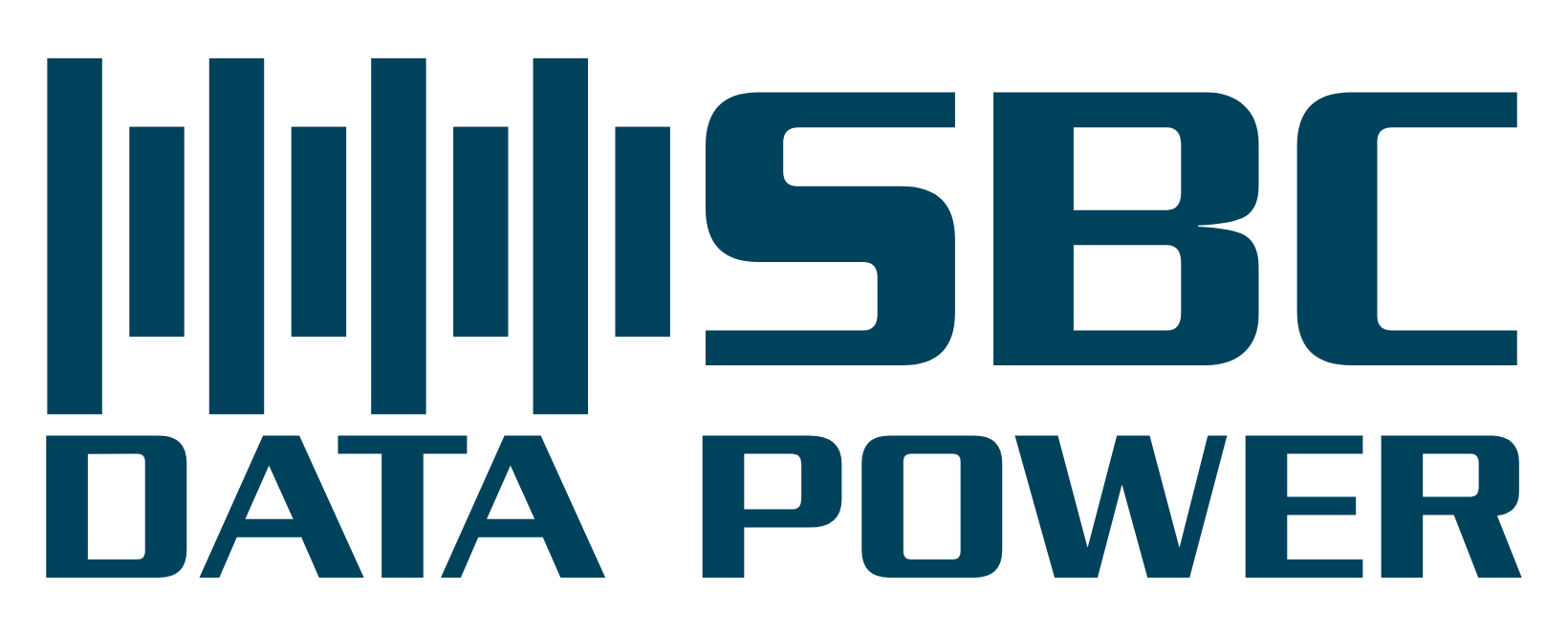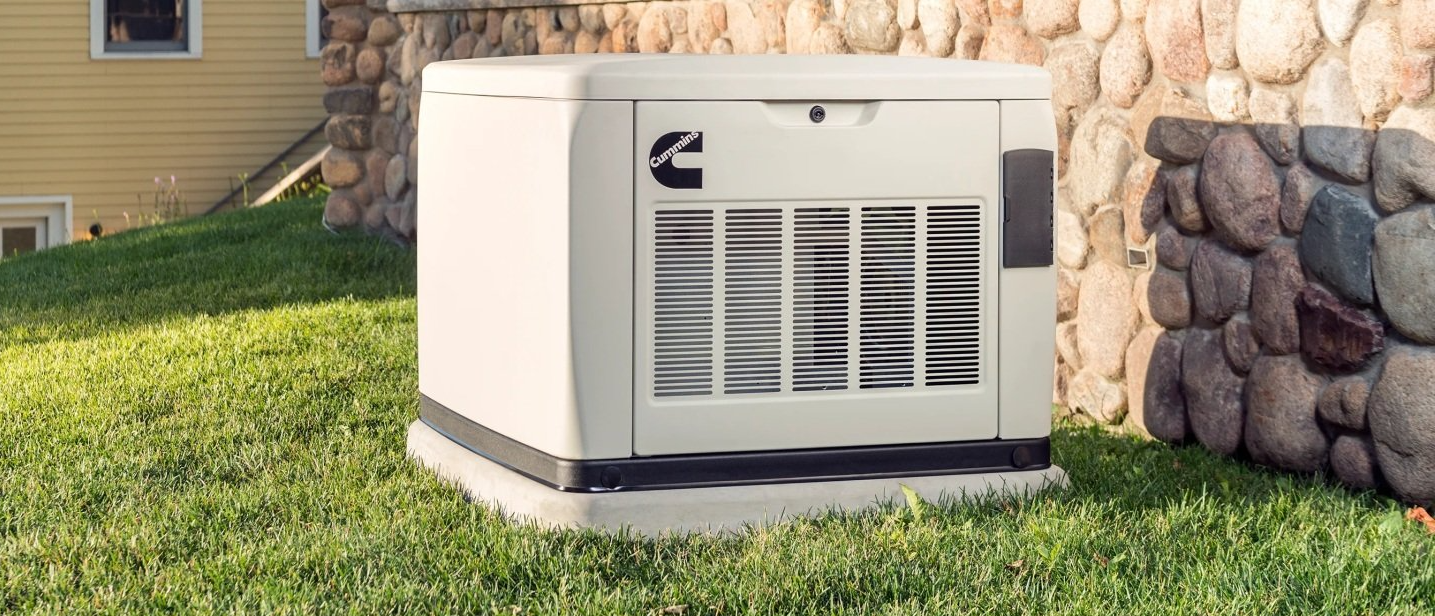Ready to power your operations with reliability and excellence? Call us today at 949-646-8191
Sustainable Living: Incorporating Alternative Power Sources into Your Lifestyle
Understanding sustainable living

Sustainable living means making choices that help the environment in the long run. It involves using resources wisely and reducing waste. By incorporating alternative power sources like solar or wind energy, you can lower your reliance on traditional energy sources, which are not always good for the environment. Solar panels and wind turbines are common examples of alternative power sources. These options can help you save money on energy bills and reduce your carbon footprint.
Importance of alternative power sources
Using alternative power sources like solar panels or wind turbines can help reduce your carbon footprint and contribute to a cleaner environment. These sustainable energy options are renewable, meaning they won't run out, unlike non-renewable resources like fossil fuels. By incorporating alternative power sources into your lifestyle, you can decrease your reliance on traditional energy sources, lower your electricity bills, and make a positive impact on the planet.
Benefits of incorporating alternative power sources
Using alternative power sources in your home can bring about numerous benefits. This includes reducing your reliance on traditional energy sources, leading to lower utility bills. Additionally, it contributes to a greener environment by reducing carbon emissions, thus helping to combat climate change. Alternative power sources like solar panels and wind turbines also provide a renewable and sustainable source of energy, ensuring a more secure energy future. The initial investment in these sources can be offset by long-term savings on energy costs, making it a practical and eco-friendly choice for sustainable living.
Types of alternative power sources
Solar power, wind power, and hydropower are common alternative power sources for sustainable living. Solar power harnesses energy from the sun through solar panels. Wind power uses turbines to convert wind energy into electricity. Hydropower generates electricity by using water flow in rivers or dams to turn turbines. Each of these alternative power sources offers environmentally friendly ways to reduce reliance on traditional energy sources.
Solar power for sustainable living
Solar power is a popular choice for sustainable living due to its renewable nature and ability to reduce carbon emissions. Installing solar panels on your roof can harness the sun's energy to power your home. Solar power can help lower your electricity bills and contribute to a greener environment. In addition, excess energy generated by solar panels can be stored in batteries for use during times when the sun is not shining. Embracing solar power can lead to long-term cost savings and a more eco-friendly lifestyle.
Wind power for sustainable living
By harnessing wind power, you can generate electricity for your home using wind turbines. These turbines convert wind energy into electricity, providing a sustainable and renewable energy source for your daily needs. Wind power is environmentally friendly and can help reduce your reliance on traditional power sources, contributing to a more sustainable lifestyle.
Hydropower for sustainable living
Hydropower is a clean, renewable energy source that harnesses the power of moving water to generate electricity. It is considered a sustainable option for powering homes and communities. Here's why hydropower is a great choice for sustainable living:
- Renewable: Hydropower relies on water, which is constantly renewed through the water cycle, making it a reliable energy source.
- Clean: Unlike fossil fuels, hydropower does not produce harmful emissions that contribute to air pollution and climate change.
- Efficient: Hydropower plants can produce a large amount of electricity, making them a efficient way to meet energy needs.
- Cost-effective: Once a hydropower plant is built, the energy generated is relatively inexpensive to produce, leading to potential long-term cost savings.
- Low environmental impact: Hydropower plants have a lower impact on the environment compared to traditional energy sources like coal or oil.
By incorporating hydropower into your lifestyle, you can contribute to a more sustainable future while enjoying the benefits of clean and reliable energy.
Geothermal energy for sustainable living
Geothermal energy is a sustainable power source derived from the Earth's heat. It is eco-friendly and renewable. By harnessing heat from the ground, geothermal systems can provide heating, cooling, and electricity for homes. Here are some key points about geothermal energy for sustainable living:
- Geothermal energy is renewable and environmentally friendly.
- It utilizes heat from the Earth to generate power for heating, cooling, and electricity.
- Geothermal systems help reduce greenhouse gas emissions and reliance on fossil fuels.
- Installing a geothermal system may have higher upfront costs but can lead to long-term savings on energy bills.
- It is a reliable energy source that can be used in various climates and locations.
Consider incorporating geothermal energy into your sustainable living practices to reduce your carbon footprint and contribute to a greener future.
Tips for integrating alternative power sources into your lifestyle
To integrate alternative power sources into your lifestyle, start by assessing your energy needs and identifying areas where you can make changes. Here are some tips to help you get started:
- Conduct an energy audit to understand your current energy consumption.
- Consider solar panels for generating electricity.
- Explore wind turbines as another renewable energy option.
- Invest in energy-efficient appliances to reduce overall energy usage.
- Use smart home technology to monitor and control energy consumption.
- Educate yourself about sustainable living practices and how to implement them in your daily routine.
By taking these steps, you can gradually shift towards a more sustainable lifestyle with alternative power sources.
Conclusion: Embracing sustainable living with alternative power sources
To wrap it up, incorporating alternative power sources into your lifestyle is a significant step towards sustainable living. By harnessing renewable energy like solar or wind power, you can reduce your carbon footprint and contribute to a cleaner environment. Embracing these eco-friendly practices not only benefits the planet but also helps in saving on energy costs in the long run. Making small changes in your daily habits can go a long way in promoting sustainability and creating a greener future for generations to come.
SBC Data Power Inc.,
1086 Glen Circle Costa Mesa, CA 92627
Phone: 949-646-8191
Email: cthompson@sbcdatapower.com
sbcpower-supplies.com
Sales : Charlie Thompson


PRODUCTS
Batteries
Battery / DC Power Systems
Battery Chargers
Cables
DC – AC Power Supplies
DC Power Supplies
Inverters
Rectifier Systems
Replacement Batteries
Power Supplies
UPS Emergency Power
Nationwide Sales &
Configuration Services
12VDC 24VDC DC UPS
48VDC 130VDC DC UPS
Replacement Batteries
Inverter Design
Rectifier Design
Power Supplies
Cisco & Dell UPS Power
All Rights Reserved | SBC Data Power





